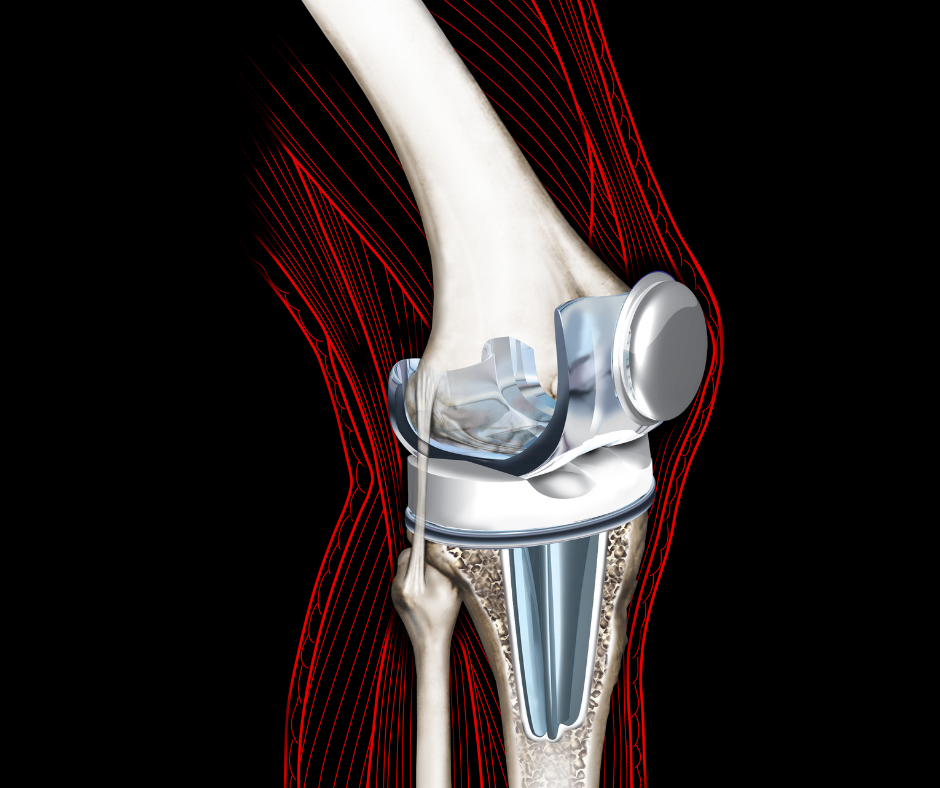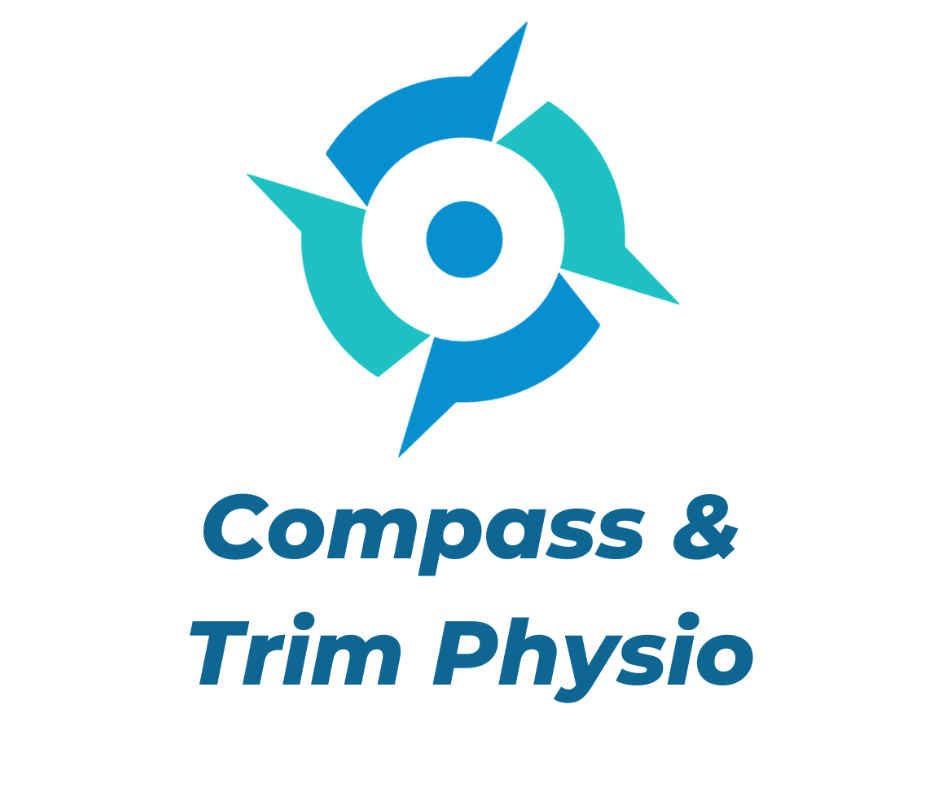What is a Total Knee Replacement
Patrick Mulligan |
Here at Compass Physio and Trim Physio we would like to explain in detail what exactly a Total Knee Replacement is…
Its an orthopaedic procedure where the articular surfaces (end of the bone) of the femur (thigh bone) and tibia (shin bone) are replaced.
A polyethylene piece is placed between the tibia and femur as a shock absorber.
In about half of cases the patella (kneecap) is also replaced.
Why get one?
The main reason people have a knee replacement is that they have most commonly over a period of time noticed
Increased pain at the knee joint that in the latter stages can affect sleep at night time
Decreased mobility to the point that they may require use of a walking aid
Outcomes anticipated from a TKR (Total Knee Replacement) are
Reduction in pain
Increase in Function
The most common cause of this is OA (Osteoarthritis). This is where the cartilage of the joint becomes damaged and is unable to absorb the shock as well as a healthy joint.
Anatomy:
The knee joint is made up of the Femur and Tibia with another joint at the front called the patellofemoral joint (Kneecap) encompassing the patella.
The knee is a modified hinge joint. The main movement is flexion and extension along with small amounts of internal and external rotation.
There is a thin layer of cartilage at the end of the bones and also the shock absorbers in the knee known as the cartilage.
There are large ligaments supporting the knee joint some of which are
ACL (Anterior Cruciate Ligament)
PCL (Posterior Cruciate Ligament)
MCL (Medial Collateral Ligament)
LCL (Lateral Collateral Ligament)
Who is more likely to have a knee replacement?
Risk factors that can increase your chance of a knee replacement are
Previous knee surgery (often to remove meniscus)
Previous Fracture
Rheumatoid Arthritis
Overweight
The Surgery:
The surgery can take about an hour an most frequently is under general anaesthetic.
The actual replacement has 3 parts
Femoral Component
Tibial Component
Polyethlene shock absorbent disc
The most appropriate size and shape of the prosthesis is chosen on a patient by patient basis.
When does Physiotherapy Play a Role?
Pre Surgery:
Physiotherapy can provide you with
Exercises to maximise the strength in the muscles pre operatively
Show you the exercises that you will be doing post surgery to ensure that you are aware of the correct technique
Post Surgery:
Get you up and moving within 24-48 hours of surgery
Strength exercises
Balance exercises
Gait Re Education
Increase ROM (Range of Movement)
Decrease Pain
Examples of common exercises post Total Knee Replacement:
Ankle movement exercises
Knee ROM exercises e.g. heel slide into Knee Flexion/extension
Quadricep Strengthening exercises e.g. straight leg raise
Hamstring Strengthening exercises e.g. Bridging

How Can Physiotherapy Help?
If you are finding it hard to complete regular exercises due to pain, fatigue or simply time schedules speak to us at Compass Physio.
Exercise is for everybody. At Compass physio we will complete a full physical assessment and will help identify any possible underlying causes that may limit your exercise regime.
Our chartered physiotherapists will help you to build strength and strategies which will help tackle any problem.
At Compass physio we will help you succeed and reach your goals.
To find out how Compass Physio can help, call 046 954 9456 (this number covers all clinics), click here to book online.
You can also email any questions to info@compassphysio.ie
Paddy Mulligan – MISCP Chartered Physiotherapist Compass Physio


